
Range Rover Sport 4x4 review
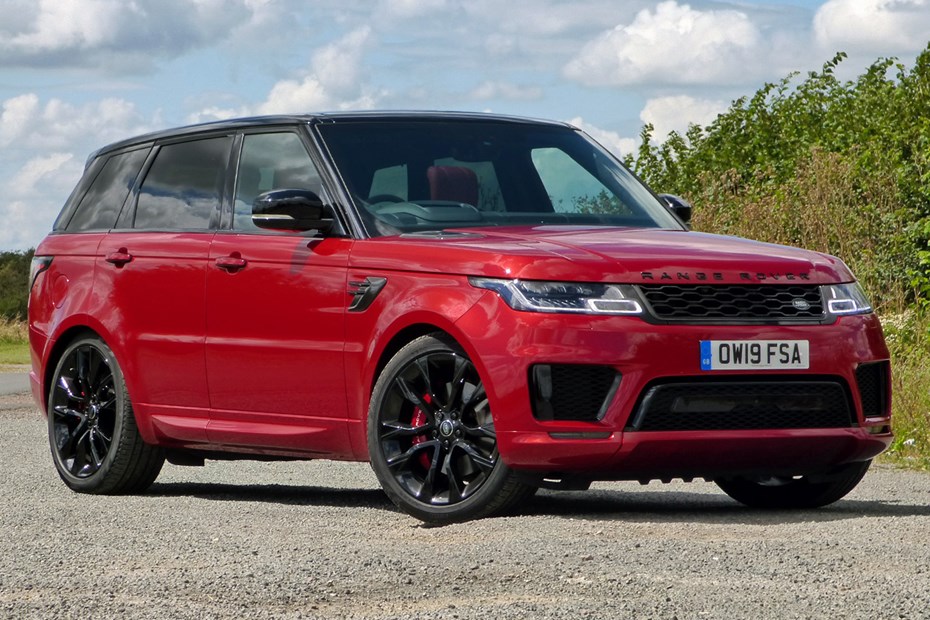
At a glance
| Price new | £51,075 - £112,740 |
|---|---|
| Used prices | £9,850 - £66,800 |
| Road tax cost | £245 - £735 |
| Insurance group | 43 - 50 |
Get an insurance quote with

|
|
| Fuel economy | 18.8 - 34.1 mpg |
| Range | 458 - 851 miles |
| Miles per pound | 2.8 - 4.4 |
| View full specs for a specific version | |
Available fuel types
Petrol
Diesel
Hybrid
Alternative fuel
Pros & cons
- Luxurious and cossetting interior
- Agile handling for such a big car
- Excellent long-distance comfort
- Won’t be cheap to run in any form
- Some reliability and quality concerns
- Interior and infotainment not as polished as rivals
Land Rover Range Rover Sport (13-22) rivals
Overview
It’s easy to forget that Range Rover was once a single model, under Land Rover’s umbrella. With the Range Rover Sport, the brand became a range of models – and the original could grow into an uncompromised luxury car. The ‘smaller’ Range Rover proved an instant success, and the second-generation launched in 2013 – joining the compact Range Rover Evoque and running alongside the sleek Range Rover Velar. Now, like the first generation, it’s a used car that offers a great deal of luxury and capability for surprisingly little cash.
Replaced in 2022 by the current RRS, the second-generation Range Rover Sport (L494) is a significant leap ahead from the original L320 RRS. It’s based on an aluminium monocoque body, saving up to 420kg over the old model (it’s the lightest generation of Range Rover Sport so far), and introduced several advanced features including hybrid engines and active anti-roll bars.
The current Range Rover Sport is heavier, more expensive, and biased towards plug-in technology, which means the 2013-2022 Range Rover is an excellent approved-used buy. You can find higher-mileage 2013 examples for around £15,000 – less than the deposit on a new PCP.
As its name suggests, the Sport is the Range Rover for keener drivers. Despite its imperious stance and high-riding nature, it feels far smaller than its sizeable exterior dimensions would have you expect, while looking just as desirable as any other Land Rover model.
Naturally when considering cars for sale worth looking at, there are some tempting alternatives. It’s hard to ignore the Porsche Cayenne, and the BMW X5 evolved into an exceptionally capable family 4×4 – if rather anonymous.
2013-2022 Range Rover Sport buying guide
Choose your Range Rover Sport carefully, as the character and style is heavly influenced by a huge array of options and trim upgrades. Basic levels start at HSE, with Autobiography for the bespoke look. Dynamic means it has the most advanced suspension for remarkable handling, though if you want to show off around Porsches and AMGs you’ll want the high-performance Range Rover Sport SVR.
Desirable options include, soft close doors, reclining rear seats, the upgraded leather trim throughout the interior and upgraded audio. Later models feature a dual-screen centre console with multi-function dials in places of conventional heater dials – this was part of an overall facelift for 2019-on that also introduced the plug-in hybrid P400e, straight-six Ingenium engines and a smoother Velar-esque look.
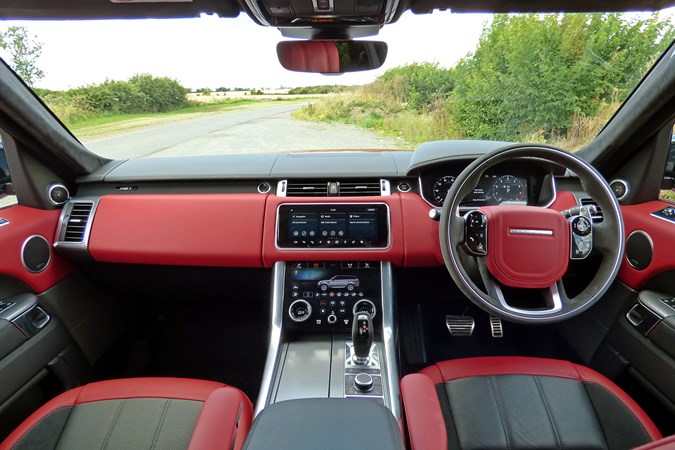
Unless you’re trying to fund it through a company, or really do only use it for short trips, we would would go for the D350 if buying a facelift diesel and the SDV6 if considering an older model (and ULEZ isn’t a concern). Late-2015 diesels are Euro 6, but you might be close in price to the D300 mild hybrid at that point.
The petrol models are better for low emission zones and reliability, but eye-wateringly expensive on fuel. Watch out for cars that have had a hard life towing (3,500kg on all models except the P400e) and anything that has been caught in a flood (wading depth is 850mm).
Range Rover Sport (L464) known faults and common problems
The Range Rover Sport’s second generation is overall, better than the first – it has a reputation for poor reliability but that’s against the backdrop of a high purchase price and an immensely sophisticated car that can be subjected to all kinds of off-road abuse. The only one we would actively avoid is a pre-2019 SD4, unless you really, really want a steel-sprung, slightly underpowered 2.0-litre diesel four-cylinder with a fair chance of a failing timing chain.
1. Air suspension faults
Ever since Land Rover introduced air suspension on its 4x4s, air suspension faults have been the anxiety that haunts any used buyer. With the L464 there’s an additional layer of complexity if the car has active anti-roll bars. Faults will be announced on the dashboard, but early warnings can include audible compressor noise, wallowy cornering in sport mode, and losing height/frequently adjusting or uneven ride height on level ground.
If no faults are displayed and the car drives without issues, air suspension is generally quite reliable and easy to maintain. A strut costs little more than a conventional new spring and damper, sometimes it’s cheaper, and many compressor issues can be traced to blocked filters or bad wiring.
2. SDV6 and TDV6 emissions system
While the SDV6 and TDV6 3.0-litre diesels are better than the earlier 2.7-litre, they’re still complex and buried beneath layers of emissions equipment and computers – and still carry the risk of crank failure. Top of the list for problems is the AdBlue system and related diesel particulate filter. This is more likely to cause problems on a low annual mileage car than one with lots of miles, though once you get into the 100,000+ region overall wear and muck is equally problematic.
If the car reports no issues and sounds good, check that it displays the AdBlue level (if the car is for sale by the owner, ask if they have the Land Rover app on their phone – it can report fluid levels), and make sure your test drive gets the car warmed up and includes a high-speed motorway or dual carriageway stretch.
Oil dilution is a problem, particularly on cars that have done short trips and been switched off during DPF regen. Land Rover recommends changing oil every 7,000 miles, but you should check the level weekly. The oil monitoring system in the car will warn if it needs changing.
3. SD4 Ingenium 2.0-litre diesel timing chains
On pre-2019 SD4 models with the 2.0-litre diesel Ingenium engine, timing chain failure is common. Listen for rattles from the front of the engine and check the diagnostic codes – the stretched chain can put the car into ‘restricted performance’ mode, which is a last warning as small pieces from the chain guides, and a broken chain, can cause catastrophic engine failure.
An upgraded timing chain design was introduced in 2019 models, and this can be retrofitted for around £2,500 if no other engine damage has occurred. It’s a plus point if you see this work has been done, but otherwise it’s another point against considering the SD4 version.
4. Infotainment – AppleCarplay bugs
Apple CarPlay was optional on some pre-2019 models, but it can cause the infotainment system to crash. Make sure any software updates have been applied before taking the car away, particularly if buying from a Land Rover dealer.
It’s a good time to check the connected services are working as well. Some years require a working SIM card with a contract.
5. Land Rover P400e – hybrid hiccups
Perhaps unsurprisingly, Land Rover’s first go at a plug-in hybrid is not short of issues. The 13kWh battery pack is quite small, so it’s hard to see a good reason to choose this unless you’re driving in cities all the time – but charging problems, issues with the electrical system, and a general lack of reliability mean that any P400e purchase is best made from a main dealer, under an approved-used scheme and with a good warranty.
The brake pedal can feel odd on these as it adjusts between regeneration to charge the battery and the hydraulic brakes. It’s not a defect.
6. Eight-speed gearbox – computer says no
Unlike the earlier Range Rover Sport, this generation’s automatic gearbox appears to be smooth, robust and reliable. Check for issues with the selector, and make sure there are no warning messages on the dashboard suggesting restricted performance or gearbox faults.
Most problems with the gearbox are down to sensors – including engine management, suspension and ABS information. Don’t assume that’s going to be cheaper than fixing a gearbox if you leave it to a dealer – but with a good specialist it should cost less and be less disruptive once they locate the true cause.
Some faults can be caused by the transfer case ‘forgetting’ what mode it is in. This usually requires no more than a reset, but it might be an indicator of past mishaps such as running the battery flat while off-roading, or a replacement part being fitted and not coded correctly.
7. Door locks – failure to lock
Central locking motors can fail, meaning the car doesn’t lock all the doors. Sometimes this is due to. asensor in the module, so it won’t flash lights or make a noise to warn you the door hasn’t locked. Check all the doors after locking. This is usually a good time to check if the alarm works, whether you planned to or not!
8. Bodywork – accident damage and build quality issues
For once, you don’t need to crawl underneath this Range Rover trying to poke holes in it. Look for signs of damage or misalignment on doors, bumpers and wheel arches, and check the plastic sill covers are fully clipped on.
9. Knocking on heaven’s door – V6 diesel crankshaft
While several changes to the engine and installation reduce the chances of the crank snapping, the TDV6 (and therefore, the SDV6, albeit less frequently) can end up with this critical and expensive failure. Run away from any cheap car that ‘has a bit of a knock’ even if it seems to drive okay at slow speeds.
If you drive the car and it vibrates when in gear and on the brakes, then there’s a good chance the crank is failing. Low oil pressure warning is also a sign that a bearing shell has slipped and worn.
10. Supercharged engines
The 5.0 V8 and 3.0 V6 petrol can be supercharged. Listen for a rumbling from the front of the engine that could indicate problems with the pulley, or a worn supercharger coupler. Replacement is not too expensive – it’s also worth checking the service history for supercharger oil changes every 40,000 miles.
What’s a used L494 Range Rover Sport like to live with?
Over the next few pages, we’ll review each aspect of the 2013-2022 Range Rover Sport, taking into account its practicality, comfort, fuel economy and performance. If you’re short on time, you can also skip to our verdict page to see if we recommend the L464 generation of Range Rover Sport as a good used 4×4.



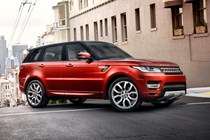

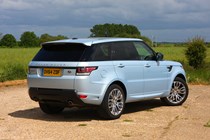
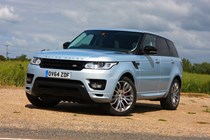
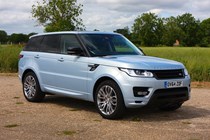
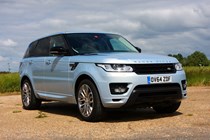
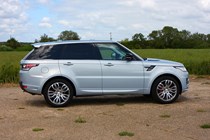
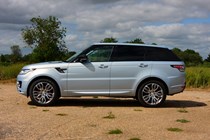
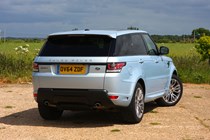
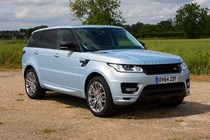
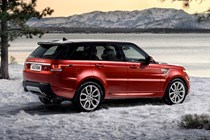
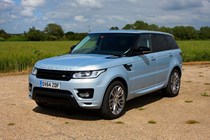
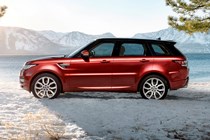
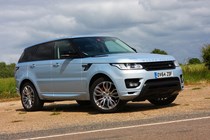
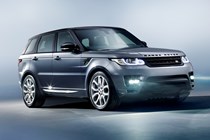
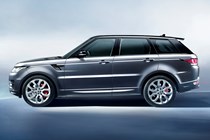
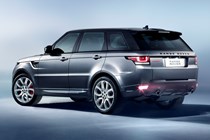
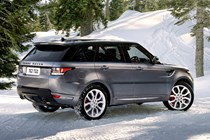
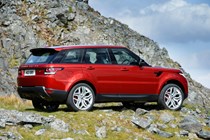
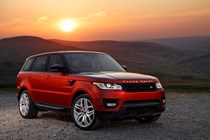
.jpg)
.jpg)
.jpg)
.jpg)
.jpg)
.jpg)
.jpg)
.jpg)
.jpg)
.jpg)
.jpg)
.jpg)
.jpg)
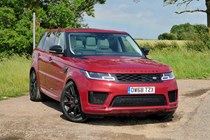
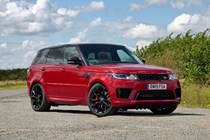

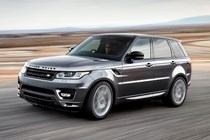
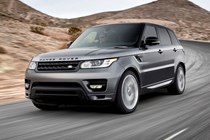
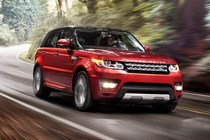
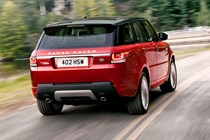
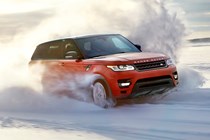
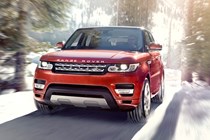
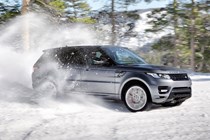
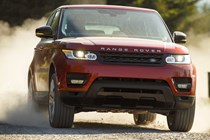
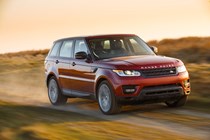
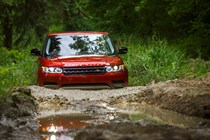
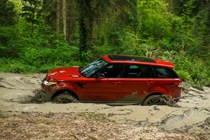
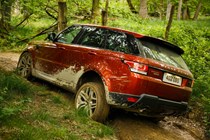
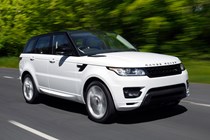
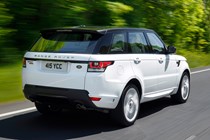
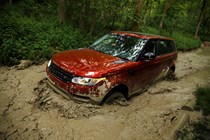
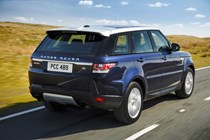
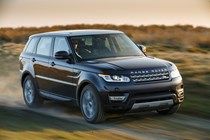
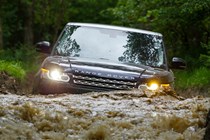
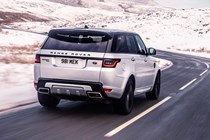
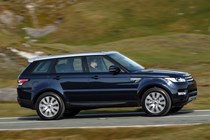
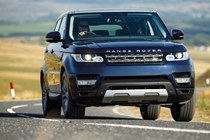
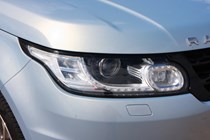
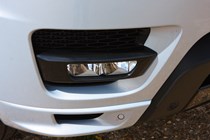
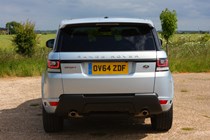
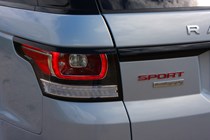
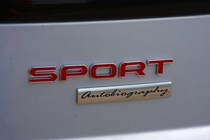
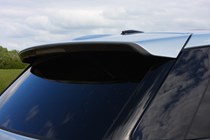

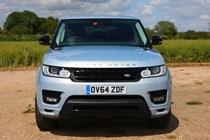
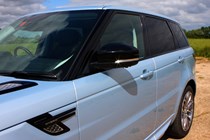
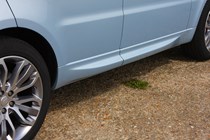
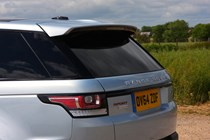
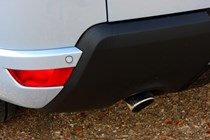
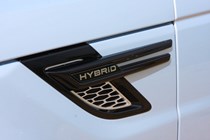
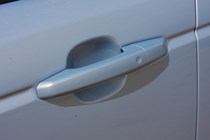
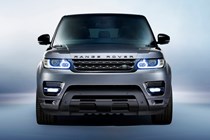
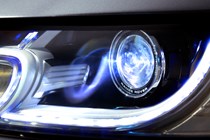
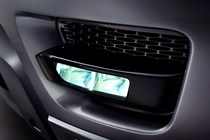
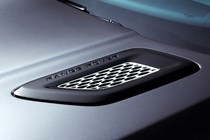

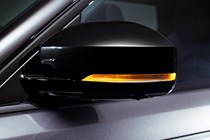
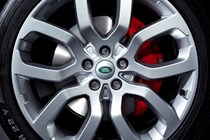
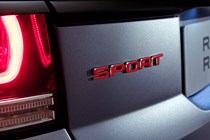
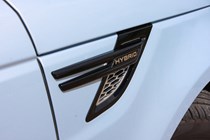
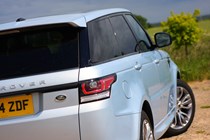
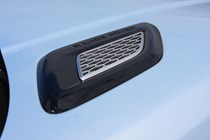
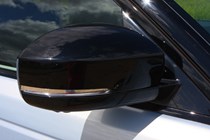
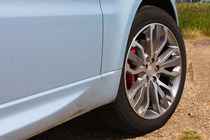
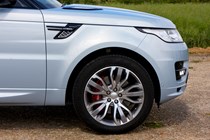
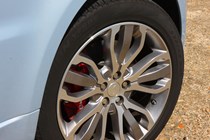
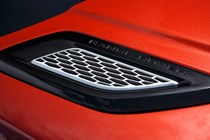
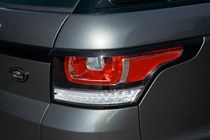
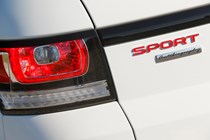
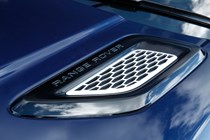
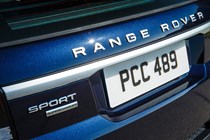
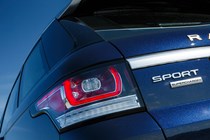
.jpg)
.jpg)
.jpg)
.jpg)
.jpg)
.jpg)
.jpg)
.jpg)
.jpg)
.jpg)
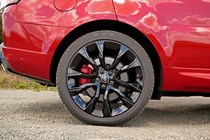
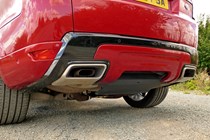
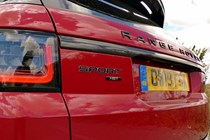

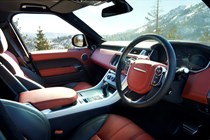
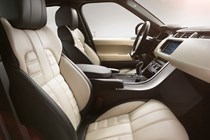
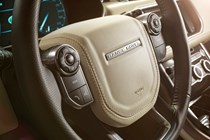
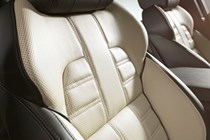
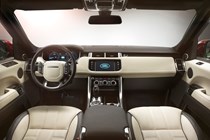
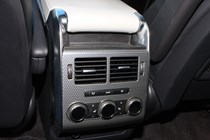
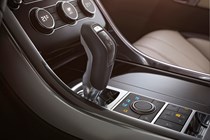
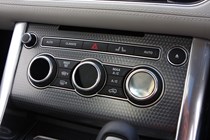
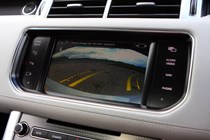
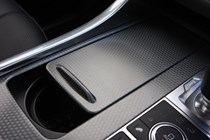
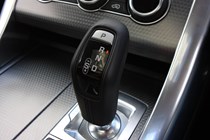
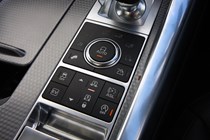
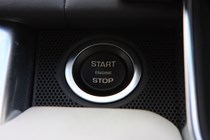
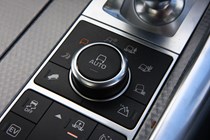
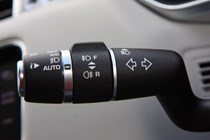
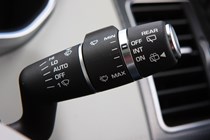
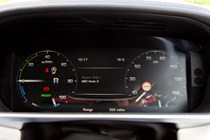
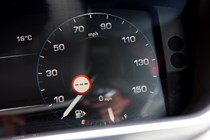
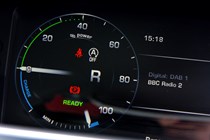
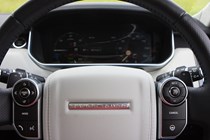
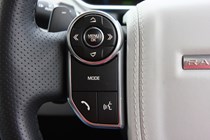
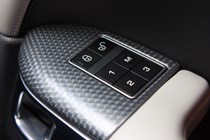
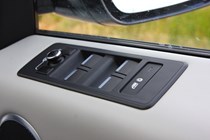
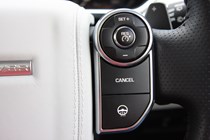
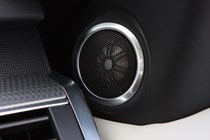
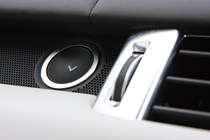
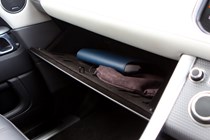

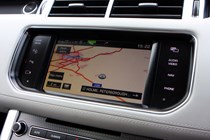
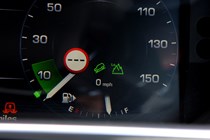
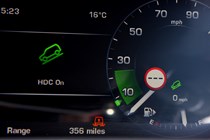
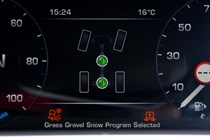
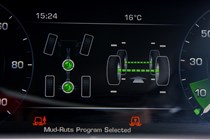
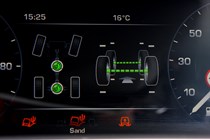
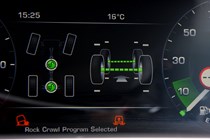
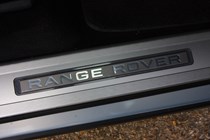
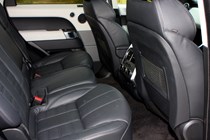
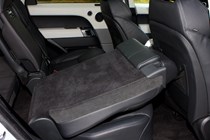
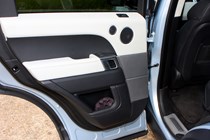
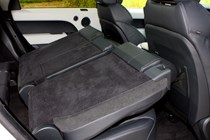
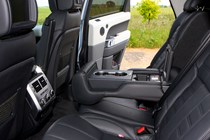
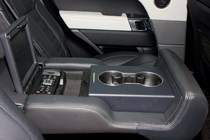
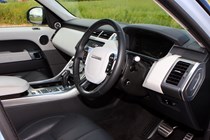
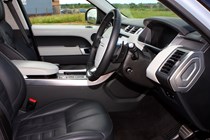
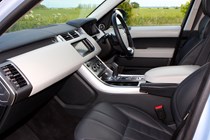
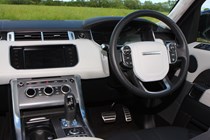
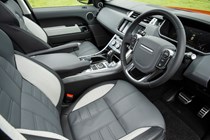
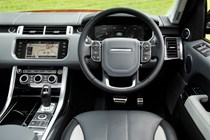
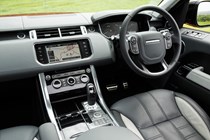
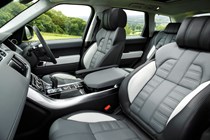
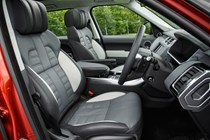
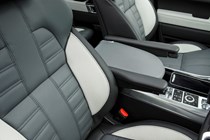
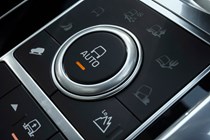
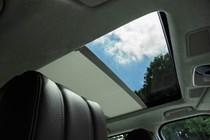
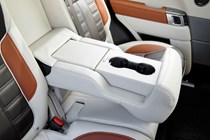
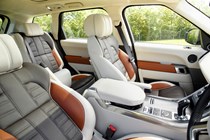
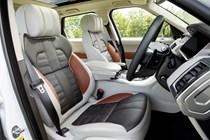
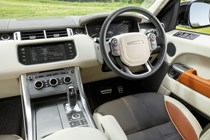
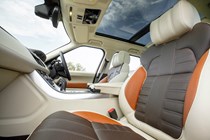
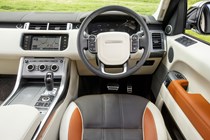
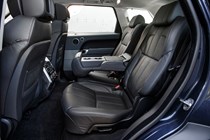
.jpg)
.jpg)
.jpg)
.jpg)
.jpg)
.jpg)
.jpg)
.jpg)
.jpg)
.jpg)
.jpg)
.jpg)
.jpg)
.jpg)
.jpg)
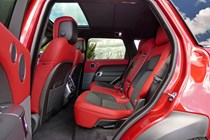
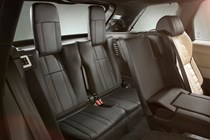
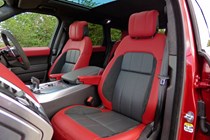
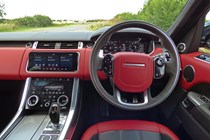
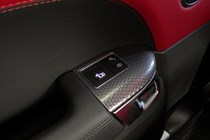
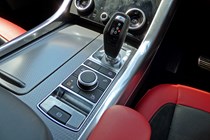
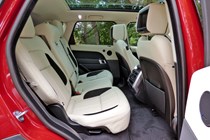
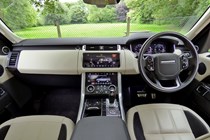
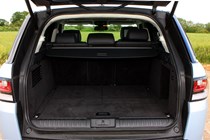
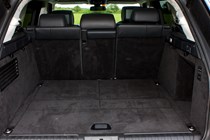
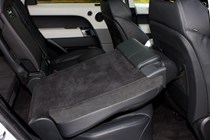
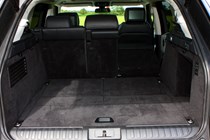

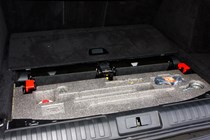
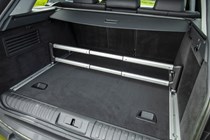
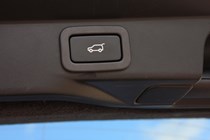
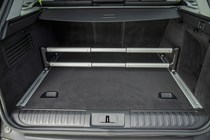
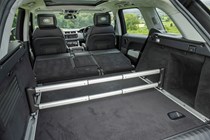
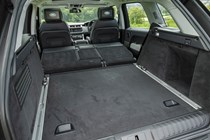
.jpg)
.jpg)
.jpg)
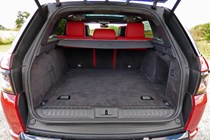
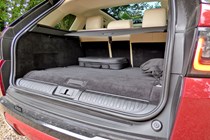
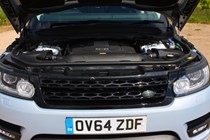
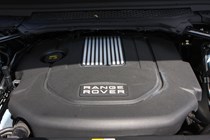
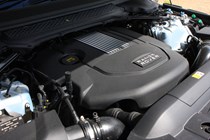
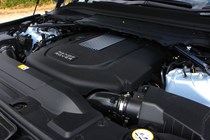
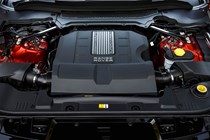
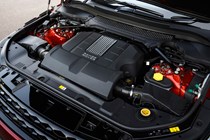
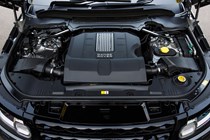
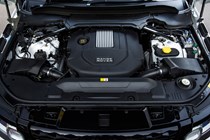
.jpg)
.jpg)
.jpg)
.jpg)
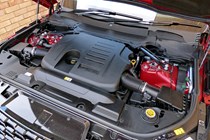
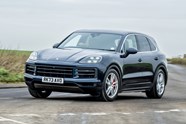
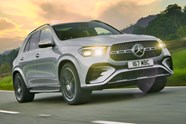
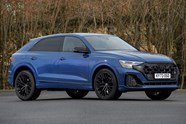





















.jpg?quality=50)
.jpg?quality=50)
.jpg?quality=50)
.jpg?quality=50)
.jpg?quality=50)
.jpg?quality=50)
.jpg?quality=50)
.jpg?quality=50)
.jpg?quality=50)
.jpg?quality=50)
.jpg?quality=50)
.jpg?quality=50)
.jpg?quality=50)



























































.jpg?quality=50)
.jpg?quality=50)
.jpg?quality=50)
.jpg?quality=50)
.jpg?quality=50)
.jpg?quality=50)
.jpg?quality=50)
.jpg?quality=50)
.jpg?quality=50)
.jpg?quality=50)

































































.jpg?quality=50)
.jpg?quality=50)
.jpg?quality=50)
.jpg?quality=50)
.jpg?quality=50)
.jpg?quality=50)
.jpg?quality=50)
.jpg?quality=50)
.jpg?quality=50)
.jpg?quality=50)
.jpg?quality=50)
.jpg?quality=50)
.jpg?quality=50)
.jpg?quality=50)
.jpg?quality=50)



















.jpg?quality=50)
.jpg?quality=50)
.jpg?quality=50)










.jpg?quality=50)
.jpg?quality=50)
.jpg?quality=50)
.jpg?quality=50)
